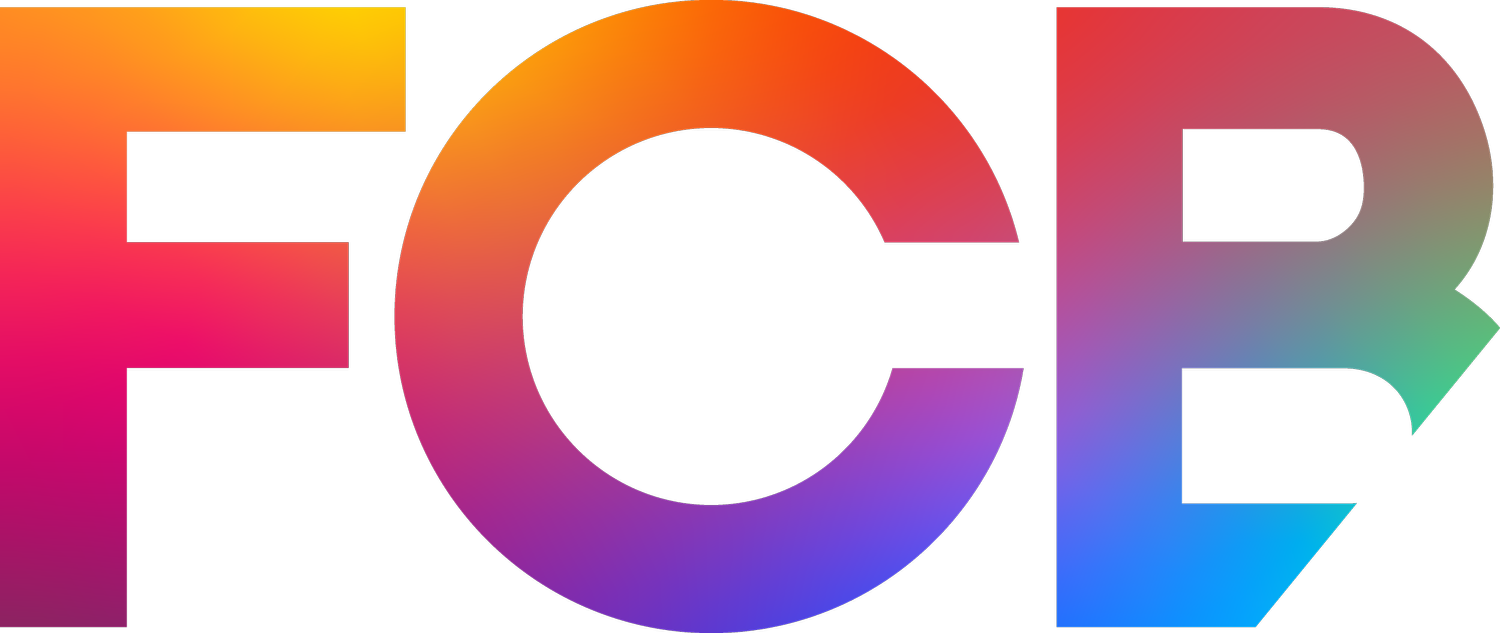FCB Global
AI @ CES 2025
Attending CES 2025 was like peering into the future. Obviously AI was the main theme that swept the show, and after listening to a wide range of talks that covered everything from AI’s demanding energy requirements to navigating the legal landscape, one thing became clear: It’s not enough for us (marketers) to just be AI users, we need to use it to revolutionize advertising.
In fact, it already is revolutionizing advertising. But, it’s up to us to harness and drive it toward the right outcomes for our clients, ourselves, and for the industry.
But we need to look under the hood of these language models to improve our understanding of them and and better grasp what our role as advertisers will be in the realm of AI ethics, bias, energy, legal, ownership, and any other AI gray area. The world is just starting to figure some of these out, and in our industry, we have an opportunity to lead. Advertisers should play a critical role in how AI takes shape — we are leading the world in creative applications of AI for our client’s business challenges — so why shouldn’t we have a say in what the future of AI looks like?
At FCB, we used 2024 to embrace a new AI-forward culture of work. Take the Agentic Workflow for example, an emerging/future trend mentioned heavily at CES that describes the process around building specialized AI agents within a defined environment. FCB has been doing this for months already, with over 300 AI agents created by employees across all departments for daily use. There is no AI development team creating these agents, rather, the entire agency is trained on how to build and leverage agents to make their jobs easier.
As well as how to incorporate AI into the day-to-day, there was a lot of chatter about AI as the new UI at CES. Microsoft presented a vision of AI as a unifying system - a connective tissue stitching data together across platforms, seamlessly integrating multiple tools into one cohesive experience. The important
shift here is moving AI from a standalone tool that requires you to input your data, to an intelligent layer built on top of your data, and forming the fabric of the user interface itself. Eventually, it won’t be clear when you’re using AI versus not, and it won’t matter as long as the experience is good and you get what you need. From an advertising perspective, you can imagine campaigns where AI becomes the interface, not just the engine.
Debate around this topic was slim to none — it just makes sense. This was in stark contrast to the conversation around the fair use of AI, specifically when it comes to who owns what, and data governance. Lawyers, computer scientists, and creators battled it out on stage, but for the creative industry, these debates are not theoretical; the impact is immediate. Generative AI is a growing powerhouse in assisting with ideation, content creation, and execution. Understanding the nuances of copyright and fair use across regions is as important as understanding a creative brief, which is why it’s imperative for agencies to establish strong ethical guidelines about AI usage, and create a fully transparent environment in where/how/what we use AI for.
At the end of the day, agencies are trusted stewards of our clients’ data, and safely adding AI into the mix gives us the opportunity to underscore why clients trust us to begin with. CES 2025 may have shown us a glimpse of what’s next, but it’s up to us to translate these trends into real action and shape the future.
The future of advertising isn’t just about storytelling, it’s about harnessing the power of technology like AI to create stories that are smarter, more connected, and more meaningful than ever before.
Eli Ferrara is Head of Creative Innovation at FCB Canada
For more from Eli on AI at CES, check out the recording of his panel with IPG’s Kinesso, “Escaping the AI Echo Chamber: How to Preserve Brand Distinction in the Age of AI”.
